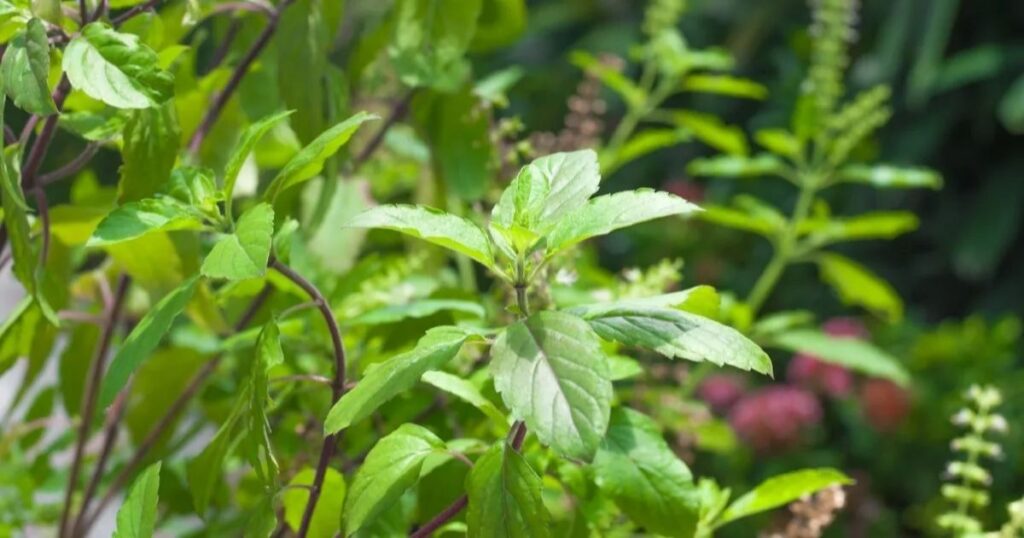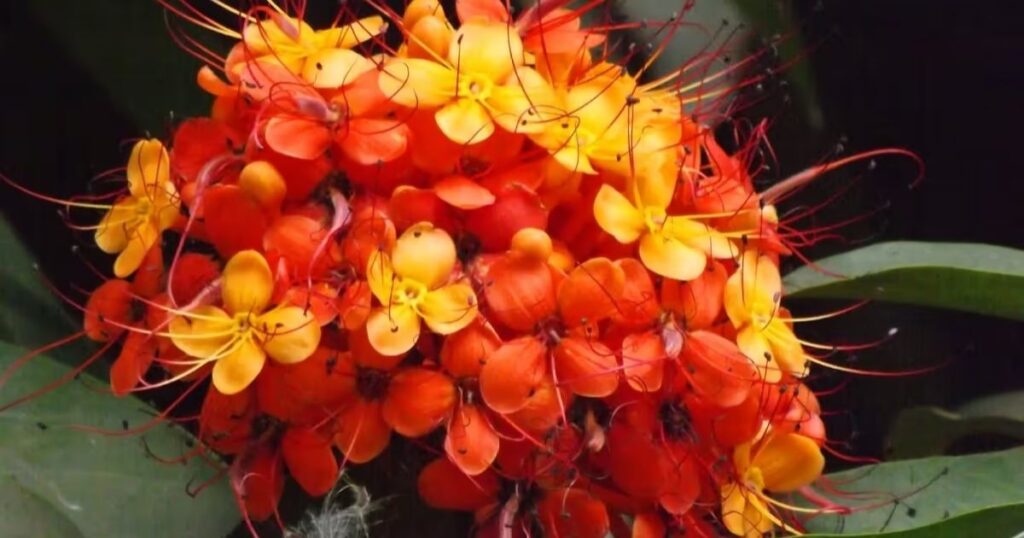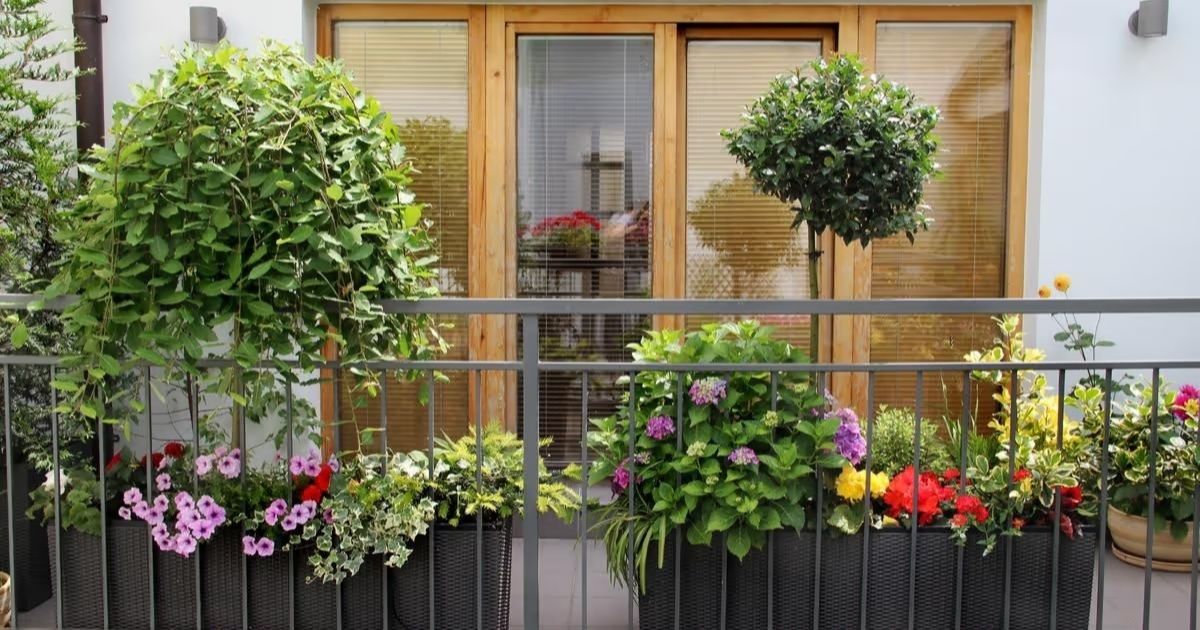Plants & Vastu Entrance Connection as Per Vastu Shastra
Vastu Shastra, the ancient Indian science of architecture and design, places great importance on the placement and selection of plants in a living or working space. According to Vastu, plants have a profound impact on the energy and ambiance of an environment, symbolizing growth, prosperity, and purification.
When it comes to the entrance of a home or business, Vastu Shastra provides specific guidance on the best plants to cultivate. The entrance is considered a critical juncture, where the flow of energy enters and sets the tone for the entire space. By strategically placing the right plants in the entrance, one can harness the positive effects of Vastu and create a welcoming, auspicious atmosphere.
Vastu Shastra recommends positioning plants in the East, North, and South directions of the entrance, each with its unique benefits. Flowering plants in the East or North-East are believed to increase joy and happiness, while plants in the East promote growth. The North direction is associated with new monetary and business opportunities, and the South-East is said to enhance cash flow and provide a sense of security.
The color of the planters also plays a role in Vastu, with green, brown, blue, and red being recommended for different directions. By following these Vastu principles, one can leverage the power of plants to create a harmonious and prosperous environment at the entrance of their home or business.
Best Plants for Entrance According to Vastu
Vastu Shastra provides a comprehensive guide on the best plants to cultivate at the entrance of a property. Each plant has its unique symbolic meaning and energetic properties, making it a perfect fit for the specific needs of the entrance.
Also read this post:Benefits of Jade Plant
1. Tulsi

Tulsi, also known as “Holy Basil,” is a plant that is highly revered in Vastu Shastra. It is believed to symbolize health, safety, and spiritual growth. The aromatic leaves of the Tulsi plant not only purify the air but also offer numerous health benefits. Placing a Tulsi plant near the East or Southeast-facing entrance and windows is considered auspicious, as it helps to repel negative energy and create a positive, healthy atmosphere.
The Tulsi plant is deeply rooted in Hindu culture, and it is commonly used in prayers and sacred ceremonies. Its presence at the entrance of a home or business is believed to bring blessings, protection, and spiritual growth.
2. Aglaonema Super White Plant
The Aglaonema Super White is a rare, evergreen tropical plant with a distinctive creamish-white and dark green foliage. In Vastu Shastra, this plant is associated with wealth and new beginnings. Placing an Aglaonema Super White near the East-facing entrance is believed to bring positive energy and fresh starts into the space.
People often believe that the bright white leaves of the Aglaonema Super White plant will make them lucky and prosperous. This plant’s perennial beauty and symbolic representation of wealth and new opportunities make it an excellent choice for the entrance of a home or business.
If you’re looking for a more colorful option, you can consider the Aglaonema Red Lipstick, another Vastu-friendly plant that can be placed at the entrance.
3. Money Plant
The money plant is one of the most well-known and popular Vastu plants. It is widely believed to bring good luck, prosperity, and positive energy to a space. Placing a money plant near the Southeast-facing entrance of a home or business is considered auspicious, as the concentric sphere leaves of the plant represent abundance and success.
The money plant is often associated with financial stability and wealth, making it an ideal choice for the entrance of a property. Its ability to thrive in various lighting conditions and its low maintenance requirements make it a practical and aesthetically pleasing addition to any entrance.
4. Peace Lily
The Peace Lily plant is a symbol of luck, fresh starts, and air purification in Vastu Shastra. When placed near the East-facing entrance of a home or business, the Peace Lily is believed to bring an aura of renewal, positivity, and a sense of calm.
The white blooms of the Peace Lily plant are thought to have a calming effect, while its ability to clean the air contributes to a refreshing and rejuvenating environment. Whether you opt for a large Peace Lily plant or a tabletop version, this Vastu-friendly plant can be an excellent choice for the entrance of your property.
5. Lucky Bamboo

According to Vastu Shastra, the Lucky Bamboo plant is the best choice for a Northeast-facing entrance. The more stalks of bamboo in an arrangement, the more energy and good fortune are believed to be welcomed into the space.
The Lucky Bamboo plant is associated with positive energy, prosperity, and good luck. Its presence at the entrance of a home or business is thought to provide a great vibe and a sense of abundance. The Lucky Bamboo’s resilience and ability to thrive in various conditions make it a practical and visually appealing addition to any entrance.
6. Areca Palm Plant
The Areca Palm plant is a popular choice for bedrooms and living rooms, but it also makes an excellent entrance plant according to Vastu Shastra. Particularly when placed near a West-facing entrance, the Areca Palm is believed to create a positive and fresh feeling.
The Areca Palm’s feathery, arching leaves add height and richness to the entrance, creating a tropical and inviting ambiance. Additionally, the Areca Palm is an easy-to-care-for plant that thrives in a wide range of lighting conditions, making it a practical and Vastu-friendly choice for the entrance of a home or business.
7. Neem
The Neem tree is believed to have the ability to repel negative energy, making it a valuable plant for the entrance of a property in Vastu Shastra. Placing a Neem tree near a South-facing entrance is thought to keep negative energy at bay and protect the home or business.
The Neem tree’s bitter leaves and strong aroma are believed to purify the air and promote health and well-being. Its symbolic representation of protection and cleansing makes it an excellent choice for the entrance, where the flow of energy is particularly important.
8. Ashoka Plant

According to Vastu Shastra, the Ashoka tree is an auspicious plant for the Northeast-facing entrance of a property. This beautiful tree, with its vibrant orange flowers, is associated with knowledge, wisdom, and spiritual growth.
Placing an Ashoka tree at the Northeast entrance is believed to enhance learning abilities and promote peace and harmony within the home or business. The Ashoka tree’s symbolic representation of spiritual enlightenment and its ability to create a serene atmosphere make it a highly recommended Vastu plant for the entrance.
9. Lotus
The Lotus flower is a powerful symbol in Vastu Shastra, representing purity, spiritual enlightenment, and luck. Incorporating a small water feature or artwork featuring Lotus flowers at the Southwest entrance is considered auspicious.
The Lotus is thought to stand for a clear and tranquil mind, which in turn brings in good energy and helps with personal growth. The Lotus’s association with spirituality and its calming visual presence make it an excellent choice for the entrance of a property.
Guidelines for Garden
Vastu Shastra emphasizes the importance of maintaining a balance and harmony between nature and human life. When it comes to the garden and landscape surrounding the entrance of a property, Vastu offers specific guidelines to achieve this equilibrium.
Well-lit Entrance and Fragrant Flowers
A well-lit entrance with fragrant flowers is essential in Vastu Shastra. The entrance should be inviting and welcoming, with the right combination of lighting and aromatic plants.
Clean and Light-Colored Landscape
Vastu recommends keeping the entrance clean and landscaping it with light colors. Avoid heavy, cluttered plantings that can make the entrance feel overwhelming or closed off.
Decorative, not Blocking
Vastu suggests decorating the entrance with plants and flowers, rather than blocking the entrance with dense foliage. The goal is to create a pleasant approach, not to obstruct the flow of energy.
Avoid Tall, Thick Plants
Vastu Shastra advises against using tall, thick plants at the entrance. These can make the space feel constricted and heavy. Instead, opt for plants that are proportionate and complement the overall design.
Symmetrical Garden with Warm Colors
When designing the garden around the entrance, Vastu recommends a symmetrical layout with warm-colored flowers. This creates a balanced and harmonious aesthetic.
Avoid Overdecorating
While the entrance should be visually appealing, Vastu cautions against overdecorating. The goal is to maintain a grounded and peaceful atmosphere, not to overwhelm the senses.
Healthy Trees and Avoid Prickly Plants
Vastu Shastra suggests planting healthy, thriving trees around the entrance and avoiding prickly or thorny plants. The entrance should feel inviting and safe.
Fragrant Herbs and Plants
Placing fragrant herbs and plants close to the entrance can contribute to a pleasant and rejuvenating atmosphere, in line with Vastu principles.
By following these Vastu guidelines for the garden and landscape design around the entrance, one can create a harmonious and auspicious environment that sets the tone for the entire property.
Conclusion
Vastu Shastra provides a comprehensive guide on the best plants to cultivate at the entrance of a home or business. From the spiritual and symbolic significance of Tulsi and Lotus, to the prosperity-enhancing properties of the Money Plant and Lucky Bamboo, each plant has a unique role to play in creating a harmonious and positive energy flow.
By strategically placing these Vastu-friendly plants in the recommended directions, one can harness the power of nature to bring in good luck, abundance, and a sense of wellbeing. Additionally, following Vastu guidelines for the overall garden and landscape design around the entrance can further enhance the auspicious atmosphere.
Ultimately, the entrance of a property is a crucial juncture that sets the tone for the entire space. By incorporating the best plants for entrance as per Vastu Shastra, one can create a welcoming, prosperous, and spiritually-aligned environment that positively impacts the lives of those who enter.
FAQs:
Which plant is best for main entrance?
According to Vastu Shastra, some of the best plants for the main entrance of a home or business include Tulsi, Aglaonema Super White, and Peace Lily. These plants are believed to bring in positive energy, fresh starts, and a sense of calm, making them ideal choices for the crucial entry point of a property.
Which plant is lucky for home entrance?
The Money Plant is considered a highly auspicious and lucky plant for the entrance of a home. Its concentric sphere leaves are thought to represent abundance and prosperity, making it a popular choice for those seeking to attract wealth and good fortune into their living space.
What plant is good luck at front door?
The Lucky Bamboo plant is widely regarded as a symbol of good luck and positive energy in Vastu Shastra. Placing Lucky Bamboo at the Northeast-facing entrance is believed to welcome prosperity, growth, and good fortune into the home.
What is the best plant for the entrance of the house?
According to Vastu principles, some of the best plants for the entrance of a house include Tulsi, Aglaonema Super White, and the Money Plant. These plants are associated with spiritual growth, new beginnings, and financial abundance, making them excellent choices for the welcoming threshold of a home.











